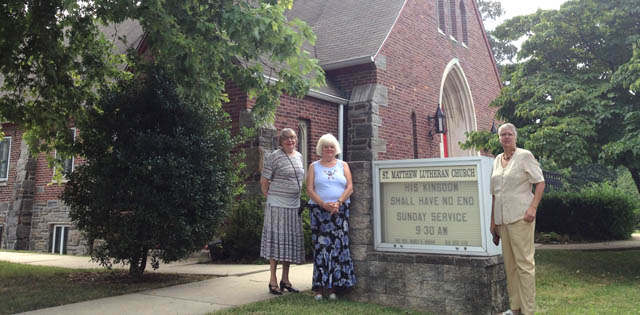 When churches are really struggling, leaders need to do something.
When churches are really struggling, leaders need to do something.
Leaders are faced with choices. Some choices will be hard work. Some choices will be expensive or chancy. There must be an easier way!
Enhancing a ritual is something that can be done — often by edict — that is a sign that something has happened.
There is an appearance of meaningful change. Sometimes the only change is that the church leader, usually the pastor, has bragging rights—something to list in the annual report.
Church rites are often the target of faux progressive initiatives.
The changes may be accompanied by a series of sermons on why the changes are being made. There may be good reasoning and sound theology, but there was probably already good theology behind a congregation’s traditions.
Holy Communion is often the instrument of such reform.
Church leaders can boast of progress when all they are doing is the same thing—more or less often or in a fancier or plainer way.
The tacit reasoning may be that it is hard or distasteful for people to argue about something so sacred.
True, many people will avoid unpleasantness in the church. If they feel their traditions are being unfairly violated, many will suffer in silence or simply stop coming. It’s called voting with your feet. Today’s church has a very large voting bloc by this definition.
People feel manipulated. “Have we been wrong all this time?”
When such changes are brought about by some form of strong-arming, it would be wise to measure results. This is rarely done! Even if it were, reversing a decision may be too embarrassing.
Before venturing change in heartfelt traditions ask a question: Will this change have the desired spiritual impact and enhance the overall mission of the congregation?
If the answer is no, find an activity that does make a difference.
It will probably be more work.









